
This is a behind-the-scenes look at an advanced design office based in Italy, the European subsidiary of Chinese carmaker GAC, and run by a French designer. From Milan to Guangzhou, Stéphane Janin, formerly in charge of concept cars at Renault, guides us through a magical place with surprising methods.
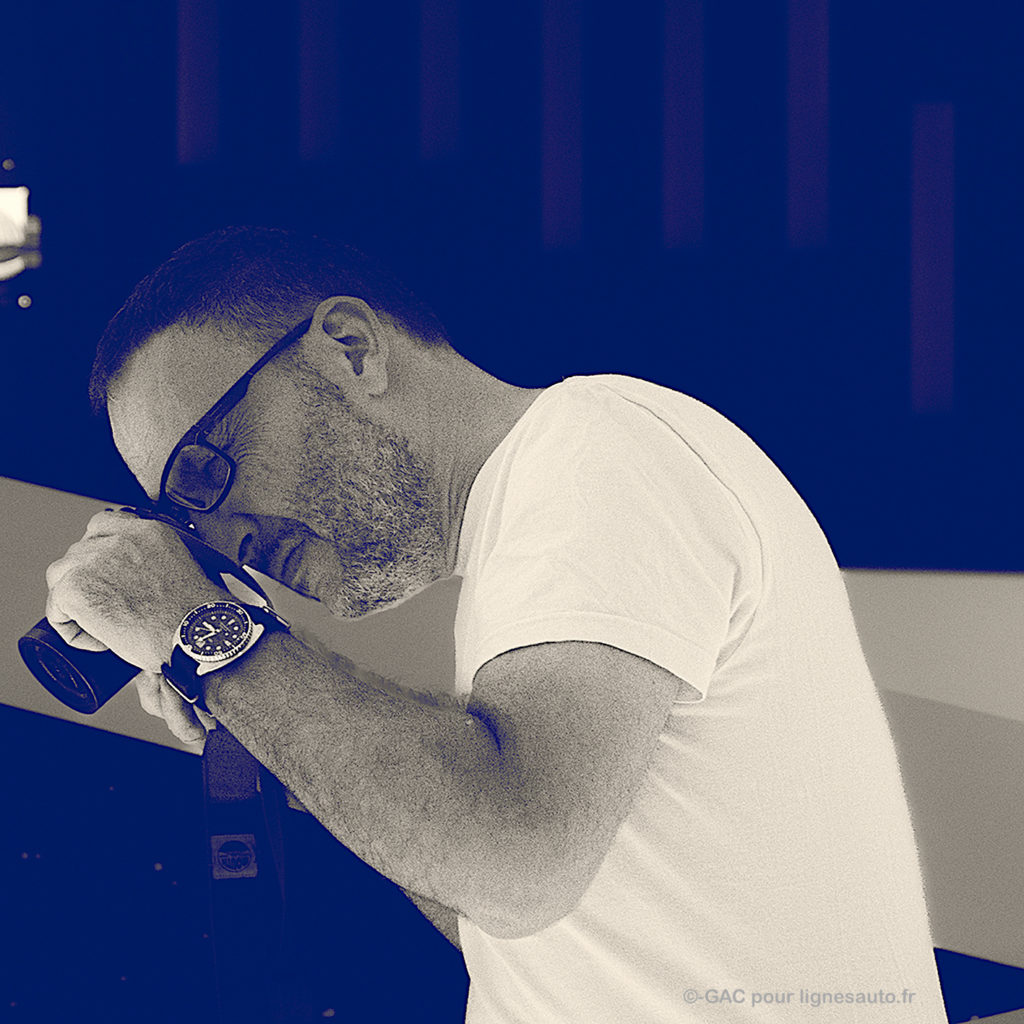
But before we open the microphone, let’s start by explaining who this Chinese manufacturer is. GAC (Guangzhou Automobile Group) was founded in June 1997. It is headquartered in Zhujiang New Town, Guangzhou, China. It is a carmaker listed on the Hong Kong and Shanghai stock exchanges. Its main activities cover six sectors: R&D, vehicles, parts and components, commercial services, financial services and mobility services.
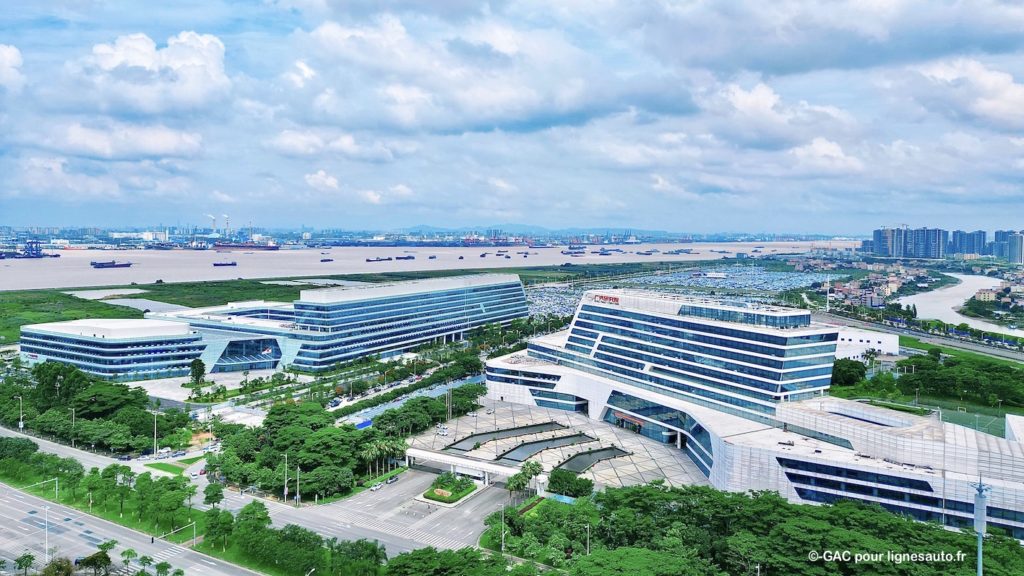
The aim of the group, which currently employs 113,000 people, is to transform itself into a technology-based company with a global reach. The design teams are grouped together in studios in Guangzhou (head office), Shanghai, Los Angeles and Milan (the first centre in Europe). The latter is designed to consolidate the Group’s design tradition. This innovative space is located in Milan’s Via Tortona design district.
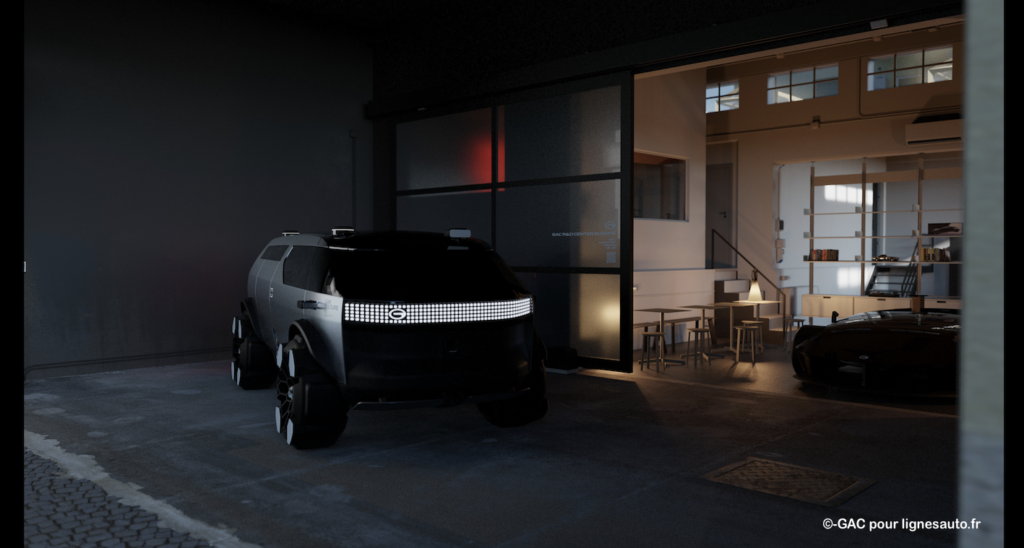
INTERVIEW STÉPHANE JANIN
For even better reading comfort, download the bilingual PDF of the interview below, with an extra bonus:
In 2022, after 24 years with Renault and then the Renault-Nissan Alliance, you decide to leave for other horizons. Was this due to weariness?
“I didn’t really intend to leave. The Covid period turned our world upside down quite a bit. At the time, my family and I were in Japan (Infiniti NDA) and we were happy there. When we came back to Paris to return to Renault, we felt that the brand was at the end of a cycle. Already, when Patrick le Quément left (2009 NDA), I asked myself the question: am I leaving too? I stayed because Laurens van den Acker was young and had just come from Mazda. So I had to prove my skills again by starting from scratch. Then Luca de Meo arrived with Gilles Vidal, and I didn’t want to start all over again with a manufacturer that I knew so well. The people were lovely, and it would probably have worked, but I just didn’t feel like it.
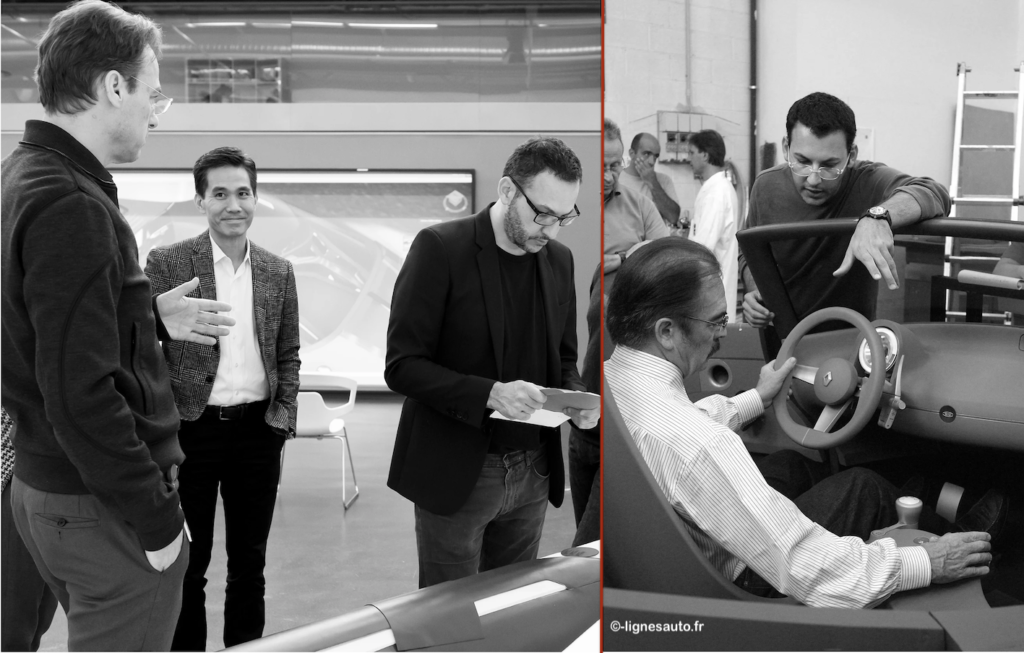
GAC is virtually unknown to the general public in France. What about you at the time?
“I didn’t know GAC, but I was talking to people in the business and thinking about leaving. And then I was told that I should contact Zhang Fan – the head of design for the GAC group – who was looking to recruit. Since 2018, GAC had invested in an advanced design studio in Los Angeles, run by Pontus Fontaeus, whom I knew from his work at Renault design.”
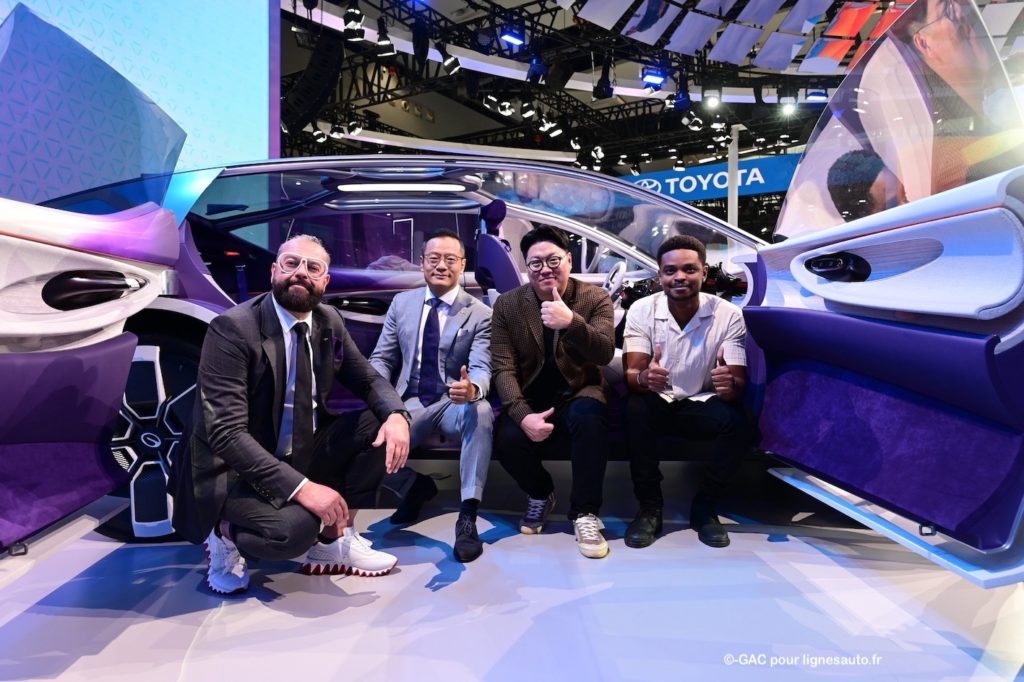
So, after the USA, GAC is targeting Europe with another advanced design centre?
“It’s logical that Chinese manufacturers want to go international. GAC hasn’t yet decided on a strategy for Europe, but they have decided that if they want to sell cars here, it would be good to have a European design studio. After all, it’s a way of getting designers with experience other than those from Guangzhou (where GAC’s head office is located in China, NDA), without having to move to China. Zhang Fan was well aware of this because he lived in Europe while working for Mercedes.
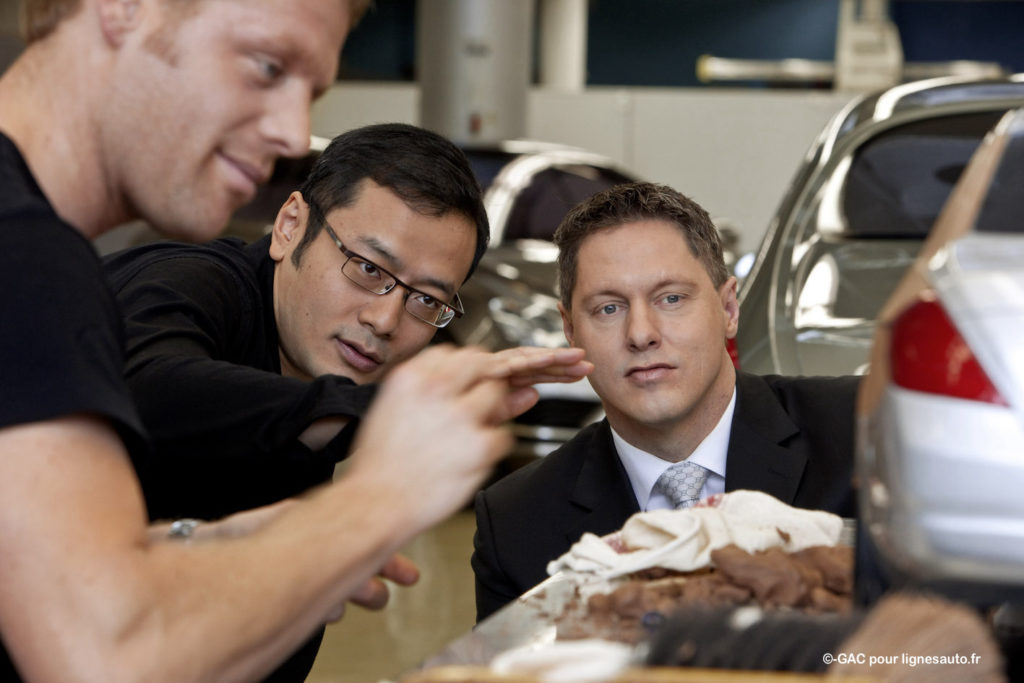
How did the choice of Italy and Milan come about? Why not Turin, with its dense network of subcontractors?
“In fact, the management was quite keen on Munich. There’s Nio there, among others, and quite a few subcontractors too. And for management, Munich is BMW, and Ingolstadt is not far away. What’s more, China and Germany have fairly strong trade links, and that reassured them.
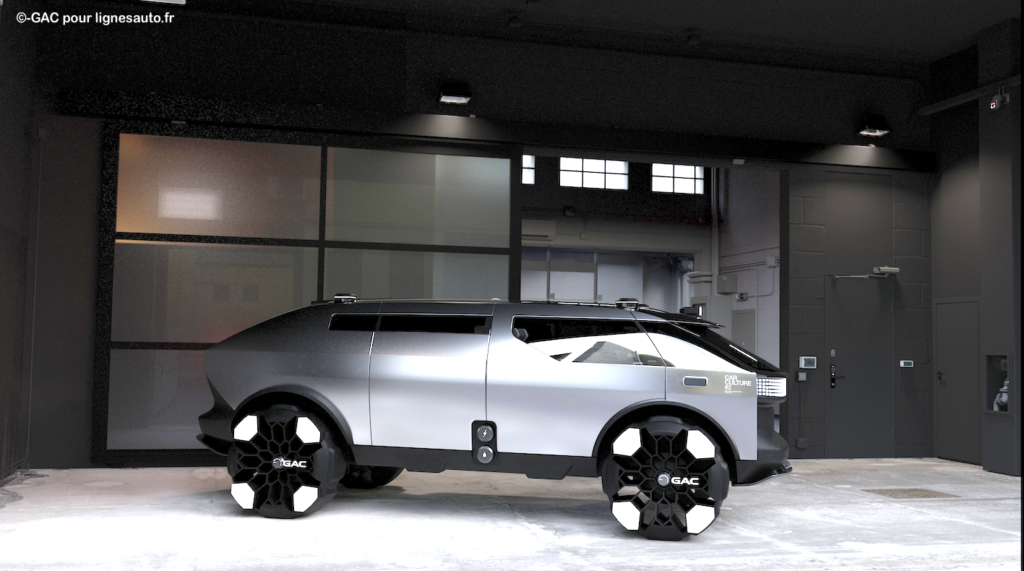
But you may not like German food, so…
“…my wife is German! But she didn’t want to go back to Germany. And then they asked me where I wanted to go. Turin was an option. There’s Changan on the Chinese side, with Bertrand Bach in charge of design, with whom I went to school. In Turin, there’s also the whole Italian Stellantis galaxy, and a lot of subcontracting. But I wanted something different. Cars have changed. Its roots in performance, speed and everything we knew when we were teenagers are getting further and further away. We’re moving towards a different kind of car. So I wanted to offer them more stimulating cities, and not just ‘car cities’. I could have chosen Copenhagen, or Lisbon. In fact, I was looking for a city with a high level of creative emulation in the broadest sense, and that was the plan. That was the plan.

So you chose Milan as the location for your advanced design studio. But in a very special place. Show us around!
“Milan is the capital of design and fashion. This approach convinced the management. The studio is at Via Tortona 16. It’s on the ground floor of a building and we’ve taken over the former flat of Milanese photographer Giovanni Gastel (who died in 2021, NDA). We wanted to keep the place as it was, a sort of large loft, so as to feel the energy emanating from it. When we arrived, we just brought our own furniture. The idea was really to settle into the city’s creative community, to slip in there without any noise or fuss… We’re not alone here: there’s a modelling agency in the courtyard, a number of events annexes in the street and Armani’s head office is just two minutes away…”.
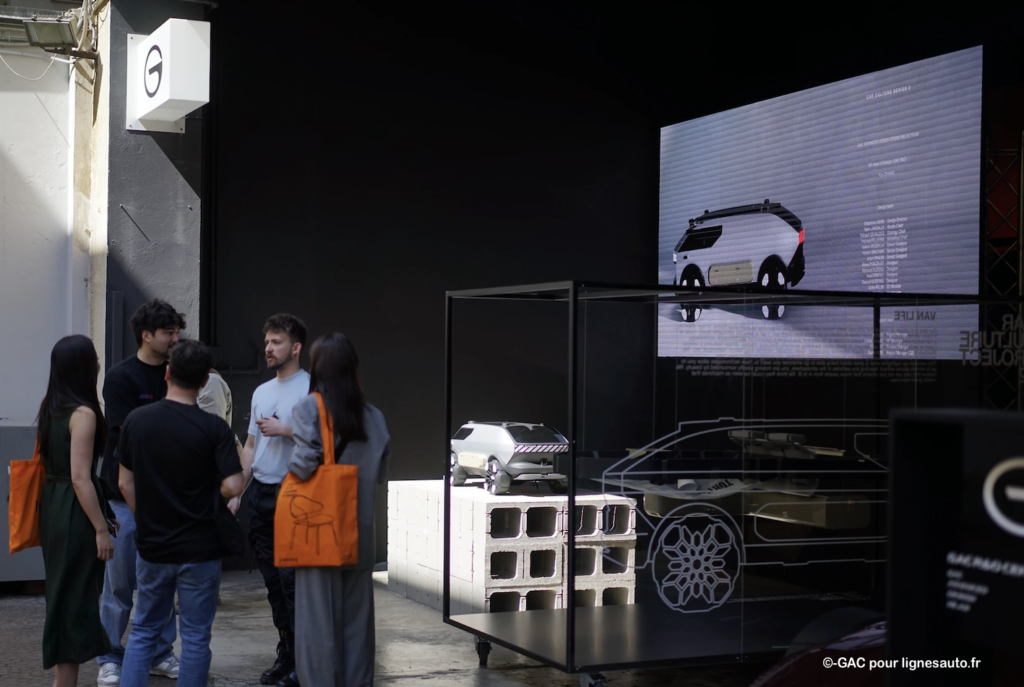
How do you work in this rather unusual studio?
“It really is a new generation of design studio. The team is made up of mostly young designers. All they need is a computer and they do an amazing job, whereas before it took 50 people! Around the table where we sit, I’m like a designer with his own agency, like a consultant. I work directly with them on the design. There are no endless reviews or meetings. We just design. When we’re asked to work on a project, we start straight away, we interact together, I manage in real time and that’s unheard of. I’ve never experienced that before.
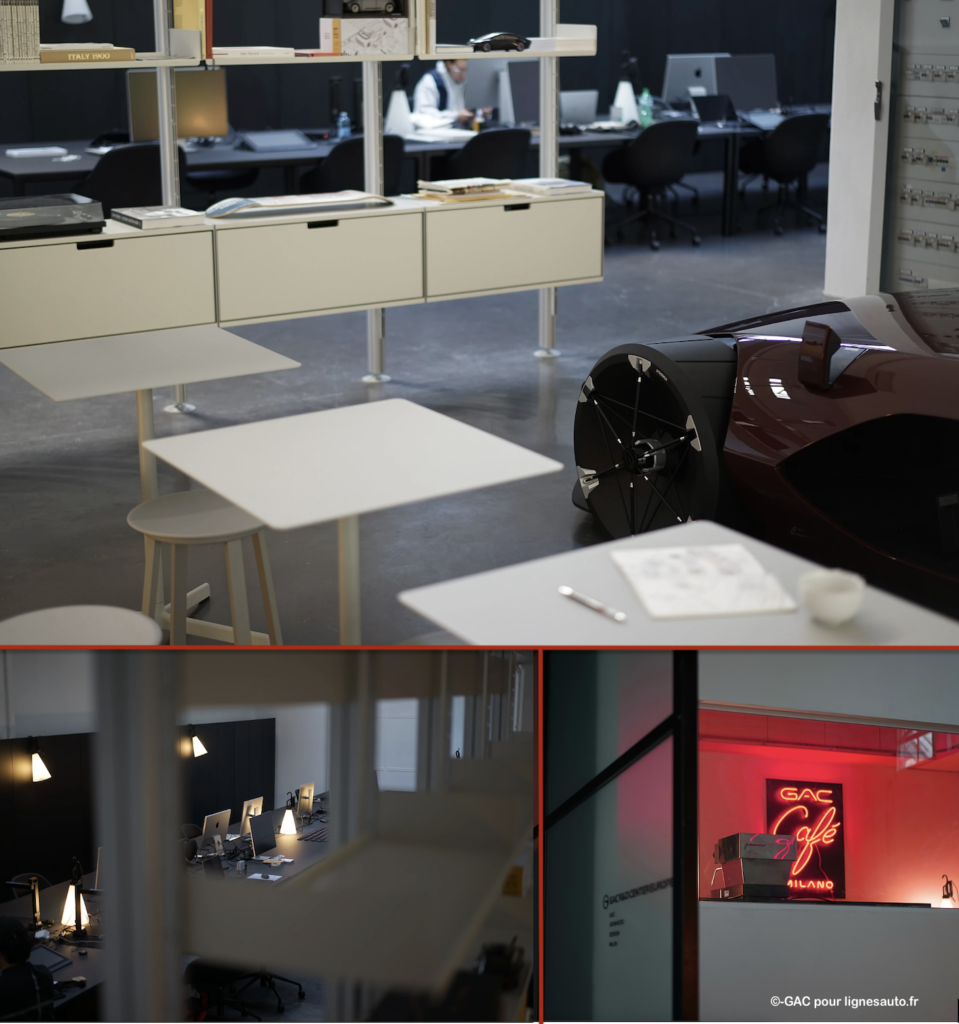
In the end, what work does the studio deliver? Just digital or do you include the physical model?
“At the end of the day, we deliver a product that’s ready to be milled or manufactured. The studio only produces digital files, as is the case everywhere else, because all the studios in the world have reached digital maturity. As for machining in foam or clay, at 1/1 scale, we like it, but we don’t always need it. It also means a bigger budget, more time and more constraints.
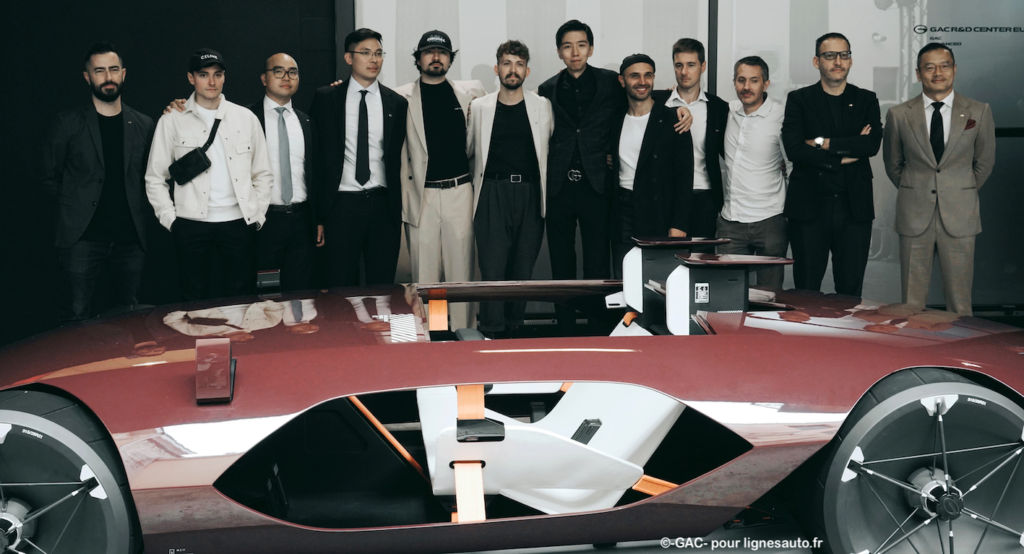
Of the various concepts you’ve unveiled since the studio was born in 2022, which ones exist in physical form?
“Obviously, everything we’ve shown exists in digital form first, but some projects have been taken to 1/1 scale, like the Barchetta, which is in the studio. As for the Van, it’s made on a reduced scale, with several models of the interior, while the ERA concept car is on a 1/1 scale, functional and driving.”
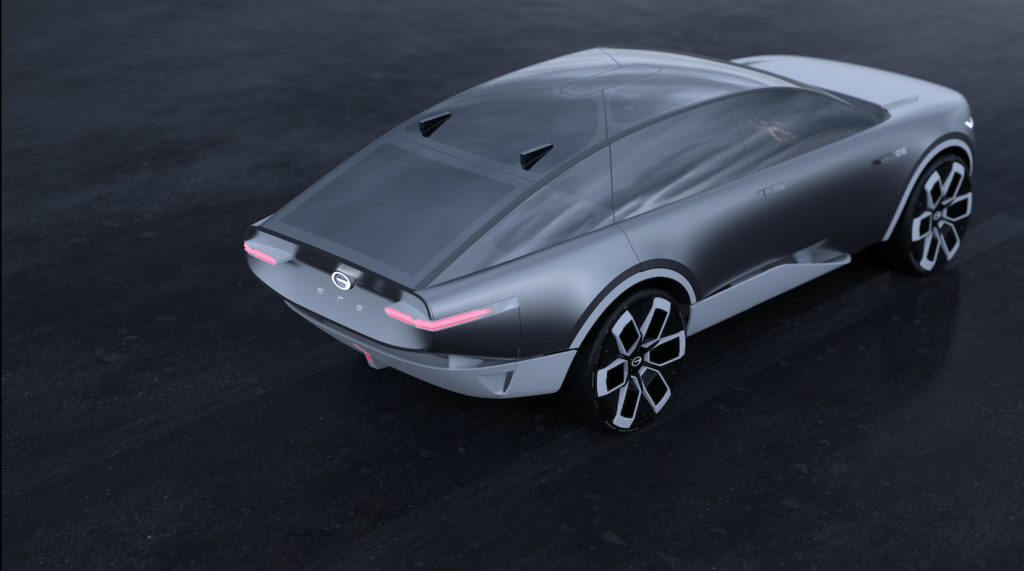
Did your studio design the exterior?
“Yes, and it was the Californian studio run by Pontus that managed the interior. We supplied the digitisation of the project, and initially I wanted to make a 1/1 scale model with the subcontractors. But the costs were so high that we ended up going to China. So GAC machined a Clay and the designer in charge of the project left to monitor the operation. GAC then launched the production of the concept car with the subcontractors, and I spent a few days in Shanghai during the white assembly phase.
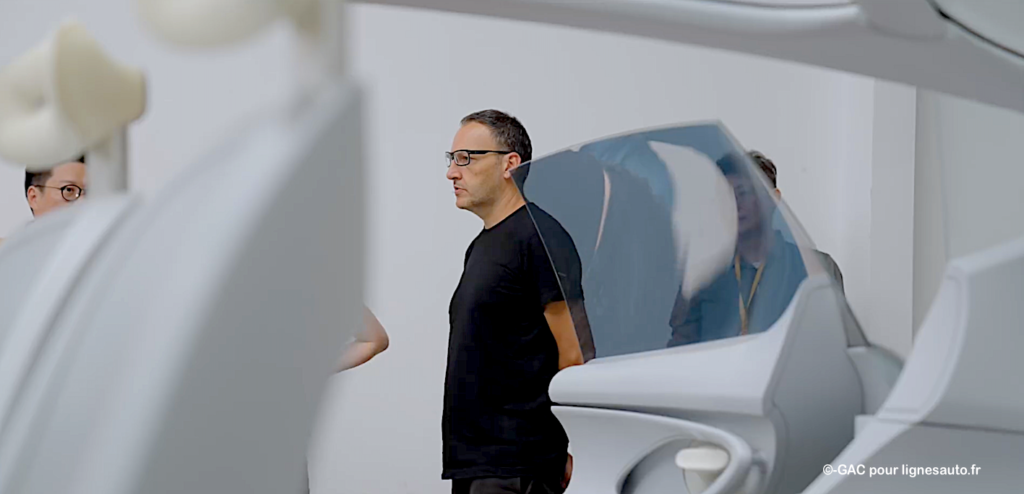
Is it a bit like when you were at Renault, with the trips to Turin to work for the subcontractor G-Studio?
“Not really, because at the time you mentioned, there was a lot of travelling back and forth between Guyancourt and Turin! The digital maturity that I mentioned earlier is such that it’s no longer necessary to travel all the time. Two trips are enough to monitor and validate the entire project.
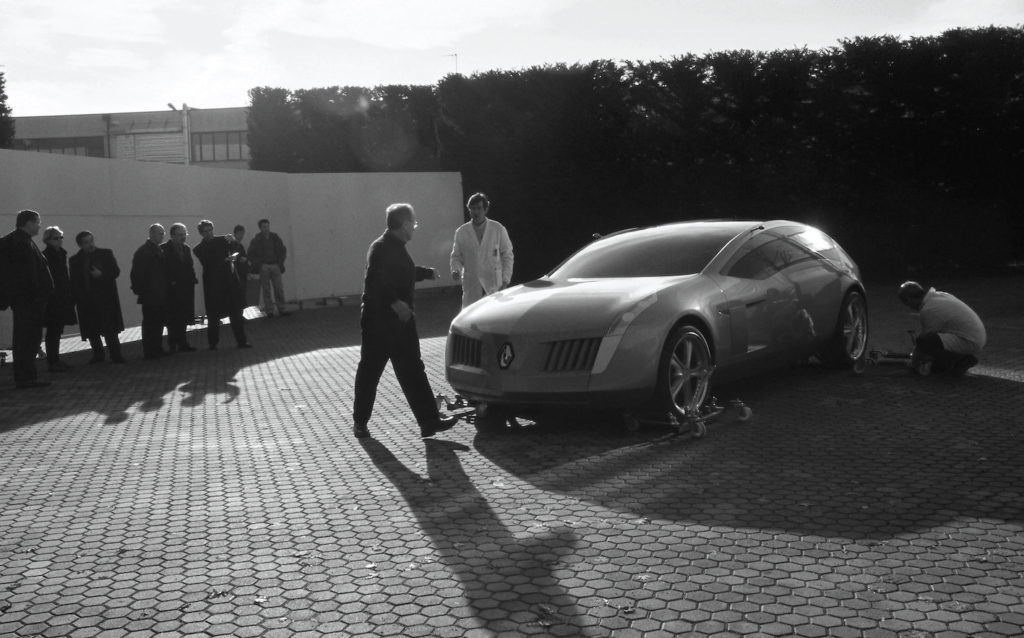
I still find it a little hard to imagine that, despite the digital maturity you’re talking about, the physical world will gradually disappear…
“It’s clear that a designer’s career used to go through this phase. But the new generation has different software in their heads when they arrive here. For many manufacturers, there is still a kind of romanticism about the designer who is there with his tape, with a whole team around him, physical or 3D modellers… There’s a sort of parade in this atmosphere, with a whole staff present, a large room where the 1/1 scale model in Clay, which costs a fortune, sits enthroned in the middle, overprotected by airlocks and badges… This quasi-romantic fantasy was born with Harley Earl at the G.M. I understand the subtlety of the work because I’ve experienced it, and there’s absolutely no question of denying all that, but the world is changing…”.
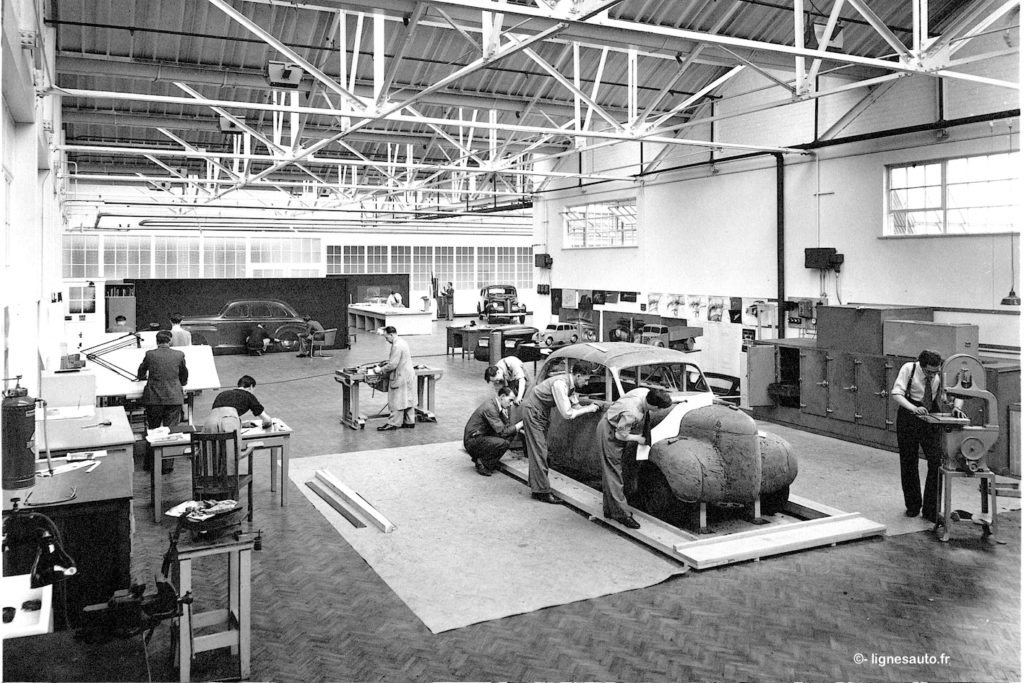
What do you mean by that?
“The young designers here in the studio are like film-makers, they’ve spent hours immersed in animation and they’re capable of making their own animated design films. That’s what makes them tick. The young people have moved into another world where they enjoy making short films with their project. They go way beyond just creating style”.
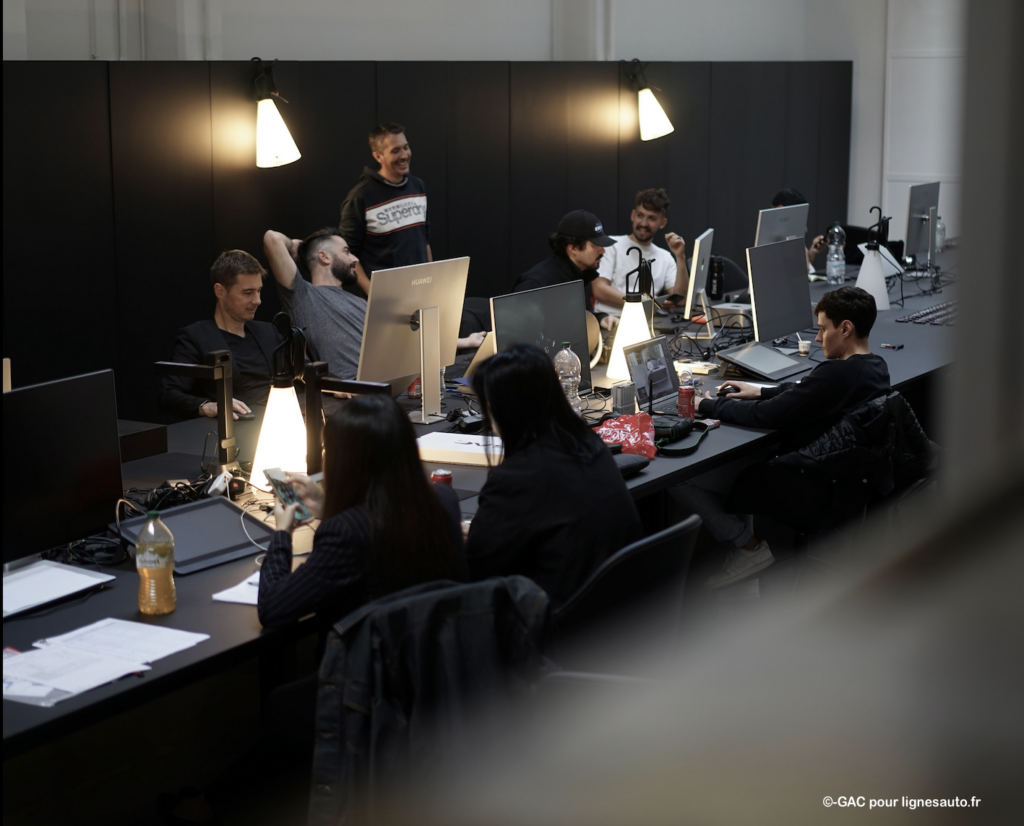
How did you put together your team?
“There are about twenty of us in total. I have almost exclusively creative people. I have three 3D modellers on Alias, one of whom – Slimane Toubal – is also an expert in physical modelling. I’ve included him in the team because he can do everything, and I’m sticking to my primary objective of being highly responsive. If tomorrow I need to mill a Clay somewhere, Slimane is the man for the job. I met him in 2001 at the Renault studio in Barcelona. These three modellers are joined by other creative designers who work directly with Blender*.
*Blender is a computer modelling, animation and 3D rendering software package. It was created in 1994 and is currently being developed by the Blender Foundation. This software is recognised by companies in the 3D animation sector, such as Epic Games, Ubisoft and NVIDIA. But also, as we can see, by certain design studios…
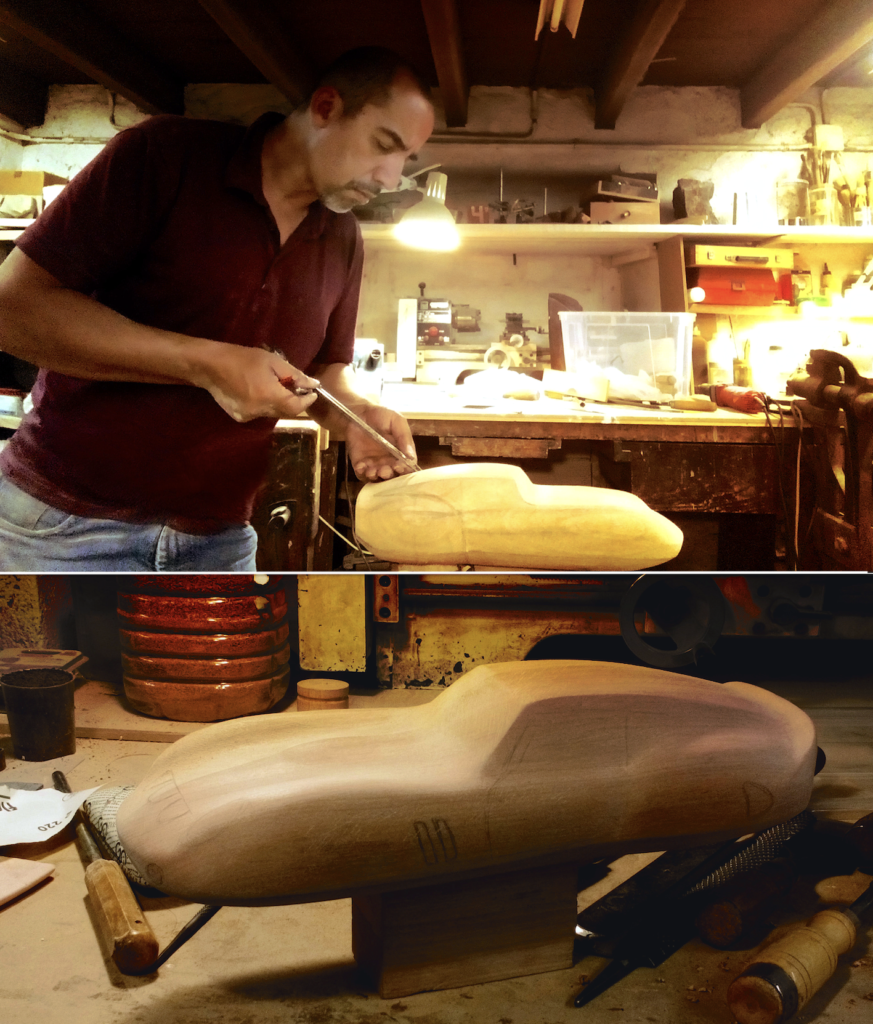
How does this ‘Blender’ generation work?
“These designers are like all designers: first and foremost creators. They work directly on their projects digitally. They’re on the screen straight away, sometimes even skipping the drawing stage and going straight to digitisation. Students at schools like Strate and others are all like that now! You have to understand that our Milan studio is a bit of an ‘all-risks agency’, because here everyone has a speciality, but everyone also knows how to do a bit of everything!
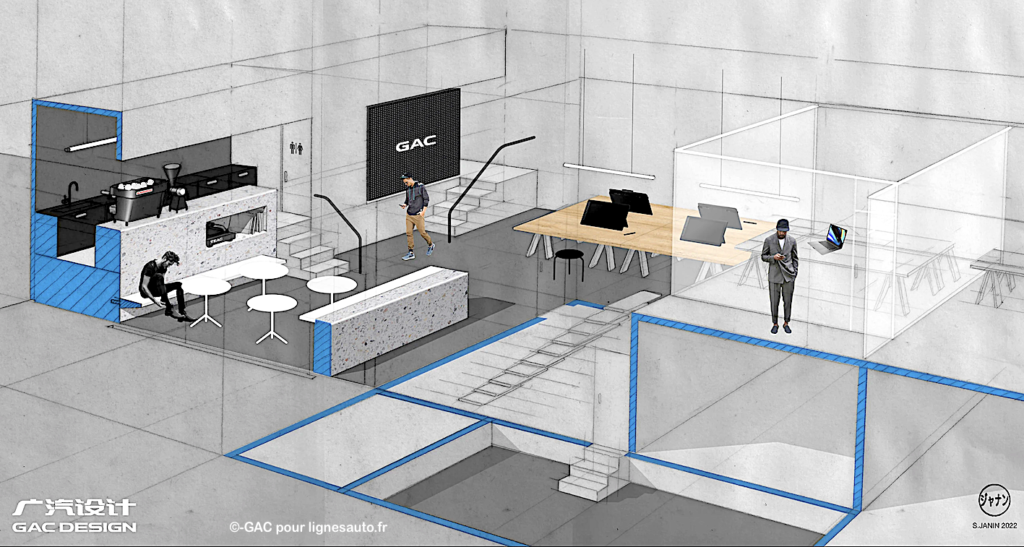
Can your studio also take on designers from the parent company’s design centres?
“Yes, we’ve already had four for two months. Here, we have room for two or three at a time…”
And I also notice that Yann Jarsallé – ex-Renault – has joined the team.
“I brought him in after securing the studio at its birth. He’s officially the studio’s number 2, but we know each other very well and in fact we run the studio together.
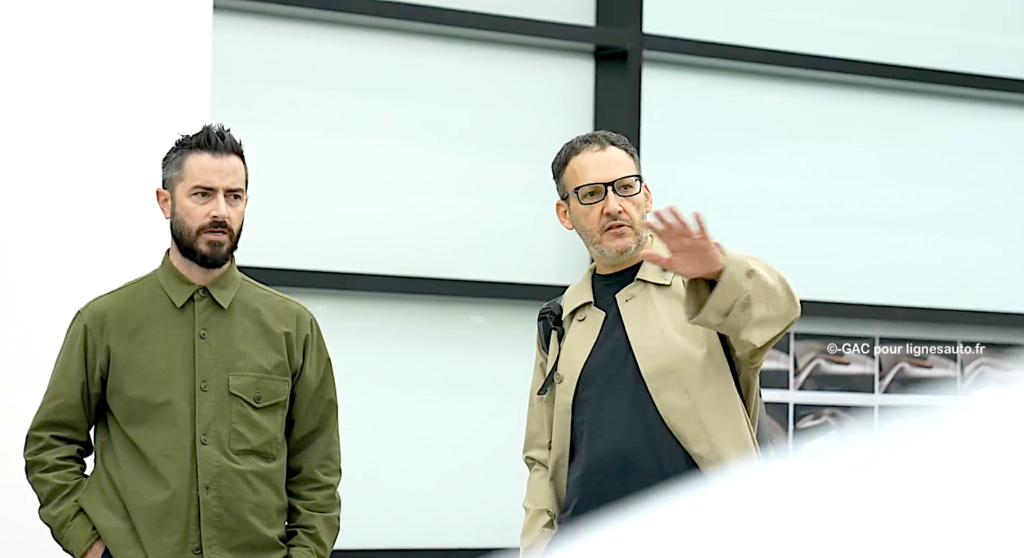
GAC has created the Aion brand to produce 100% electric vehicles. Rumour has it that they will arrive in Europe by 2025. Is your studio there to support this arrival?
“No, that’s not the studio’s objective. Our mission today is to strengthen GAC, because their brand image is still rather weak. The studio in Los Angeles (below) is more focused on the Aion brand, but if the latter were to arrive in Europe tomorrow, we’d see, because for the moment there’s nothing in writing.”
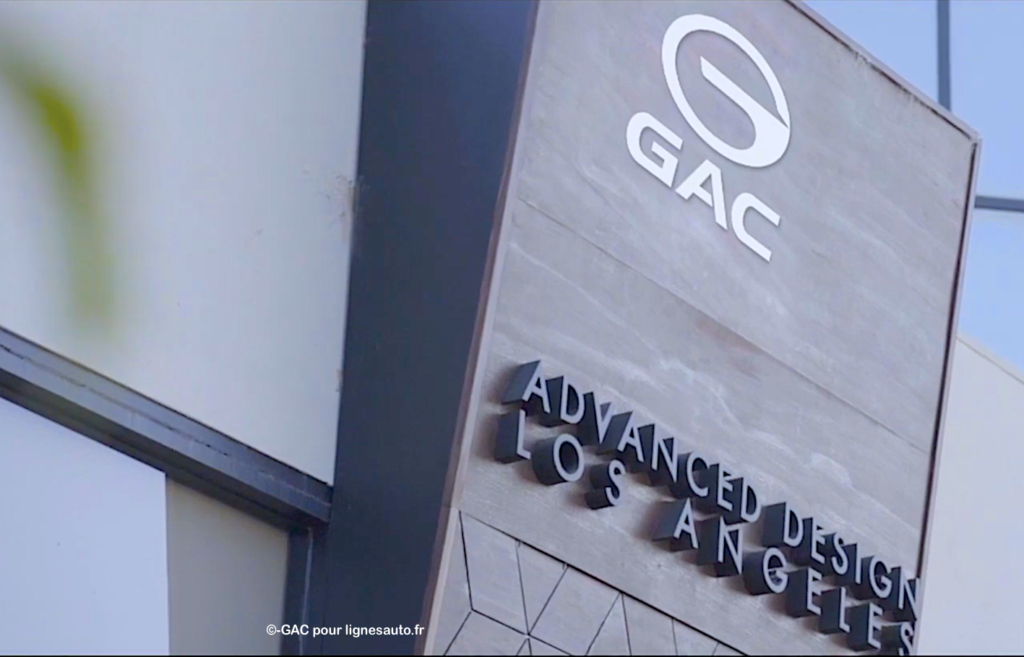
Is this studio limited to phase advance for GAC?
“No, we work much more on series than on concepts. However, I invented the Car Culture projects, which come out of personal work in our spare time and at weekends. They’re there so that the guys in the team can have fun! So I don’t have a problem working on the series, as long as they let us do these projects in parallel. The team is very professional and very creative, and GAC also benefits from this free time.
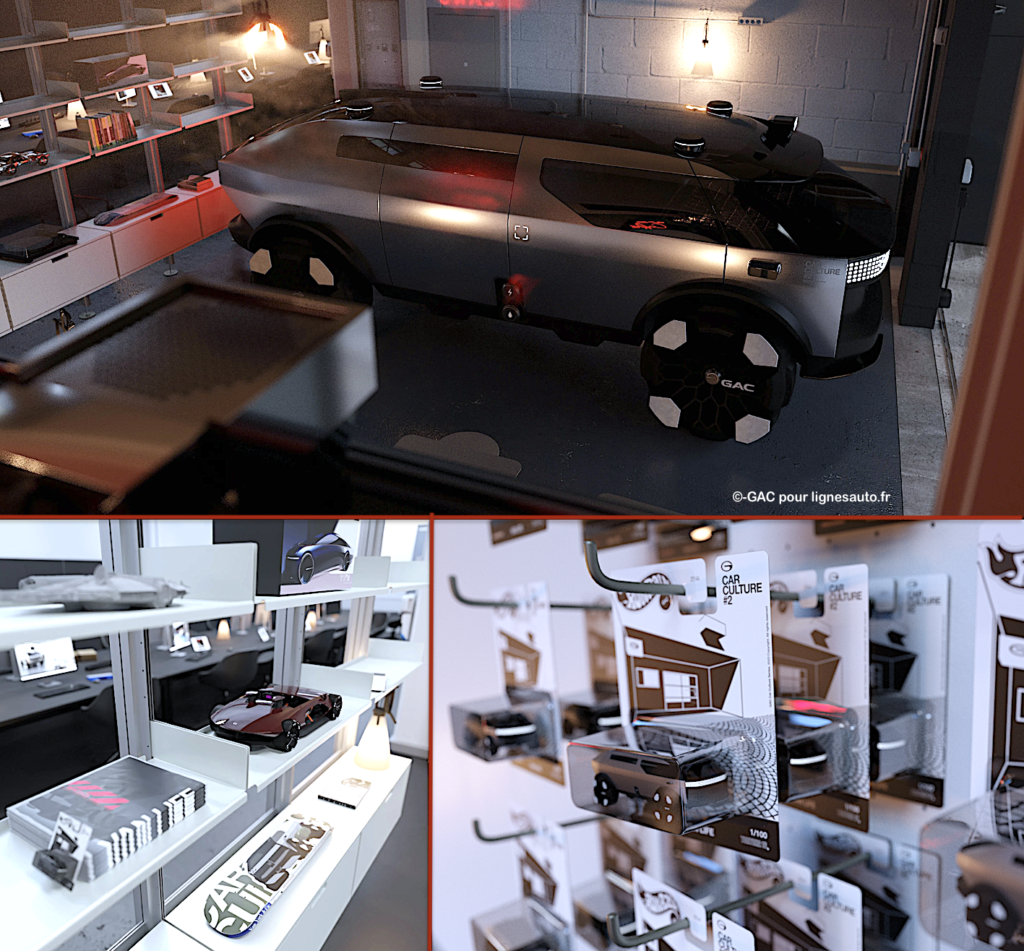
I imagine, though, that the 2025-2030 schedule is already underway for you?
“You shouldn’t think like that. The Chinese navigate a little by sight. Mind you, I’m not saying that in a negative sense, but they have a great ability to react. And they’re so responsive that they never worry, because they’re capable of bringing out a car in two years! So we’re perfectly equipped for that with our young people working on Blender. We couldn’t keep up with the old-style processes!
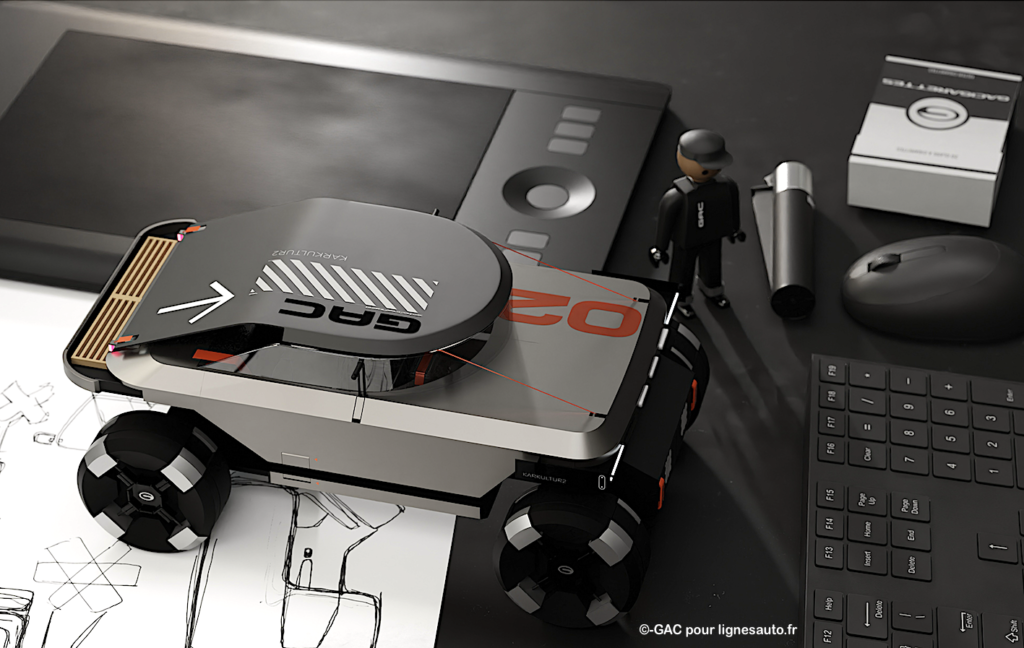
Two years to bring out a car, really?
“I’m talking about series production, yes. It’s even quicker for concept cars. We designed and created the ERA in just a few weeks. The data was delivered in August, and the concept car was presented in November! I myself was amazed at the turnaround time. When it comes to series production, apart from the lead time, our competitors’ old organisations still take three years to complete. The Chinese manufacturers are clearly better in terms of lead times. But this can also be explained by the fact that they can afford to make a mistake, whereas European manufacturers, for example, have no right to make a mistake, because the slightest slip-up would be catastrophic. Little by little, Chinese manufacturers will be faced with the need to renew their vehicles. Perhaps they’ll take longer, particularly in the time-consuming reflection phase, and then we’ll all converge.
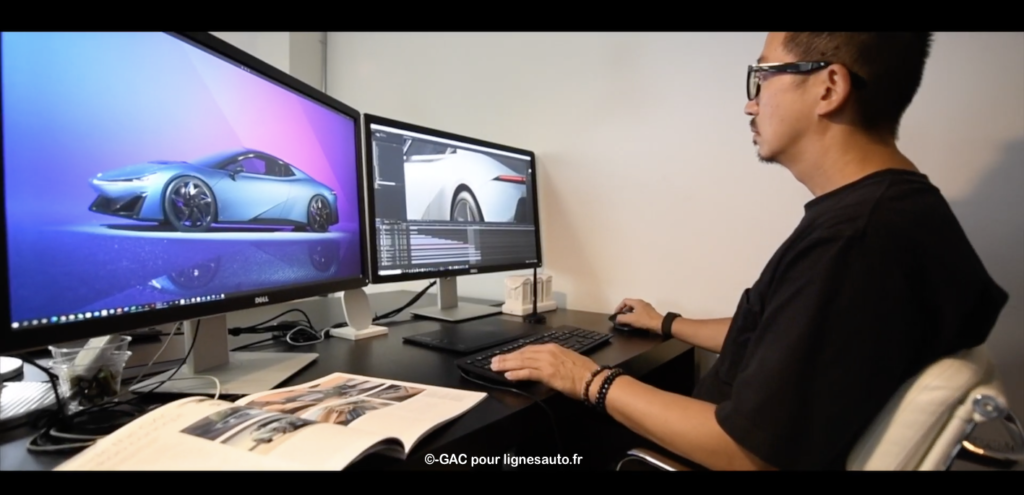
How often do you travel to China?
“On average, we go three times a year, but it can increase depending on the programme. We go there mainly for the Chinese New Year, for the trade fair in Beijing or Shanghai in April, and in November for the one in Guangzhou.

During your long stint with the Renault group and the Alliance, you worked mainly on phase advance. Production cars aren’t your thing?
“I’ve been told that you’re not a real designer if you haven’t made a production car! But contrary to popular belief, I have! Before Antony Lo arrived at Renault (now at Ford, NDA), I managed teams of external designers. We shared the work with Éric Diemert and Antony Villain. I was involved in series production for 5 years, with the Scénic, Espace, etc., except that it was a bit of behind-the-scenes work. At least more so than on concept car programmes, where you’re quickly identified. But frankly, I don’t feel the need to fulfil myself through a production car. Design is a lifestyle, not an end in itself. It’s a state of mind…”
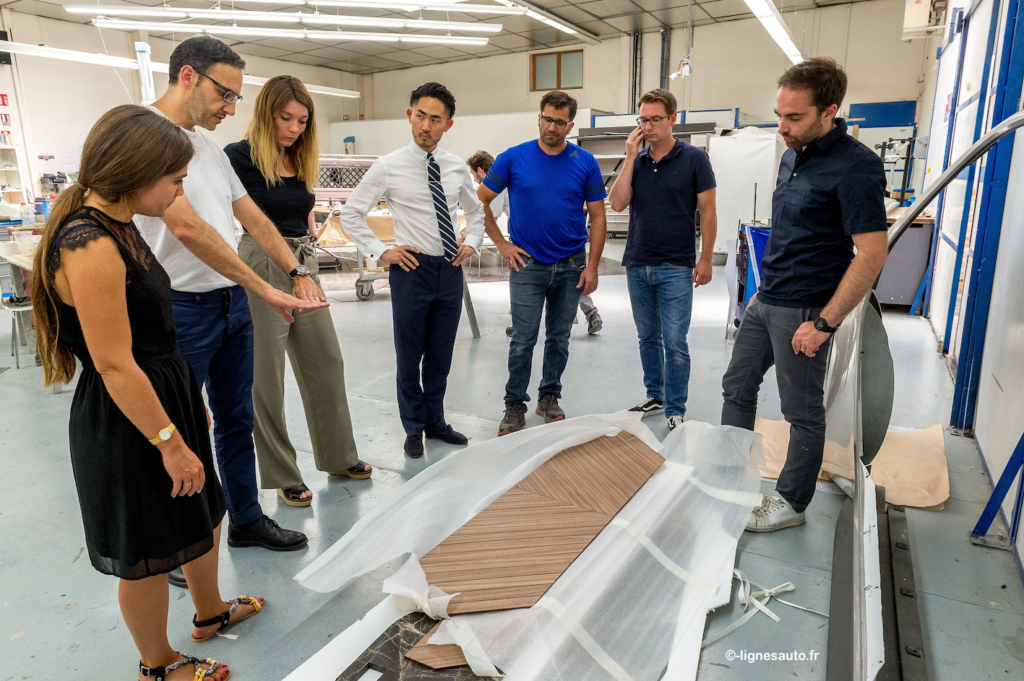
Since your team is (very) young, let’s talk about what is undoubtedly driving them: artificial intelligence. Will it replace designers?
“I’ll be honest with you: I don’t know! But I can tell you that in China, they are investing heavily in this area. The state of play today is that A.I. will primarily be a tool for improving productivity. And if we don’t mention creation yet, it’s just to reassure ourselves at first. Things are moving so fast that even I can’t see how far AI can go.

The A.I. lives with what humans have injected into it as memory. So will it be able to create?
“In the end, the human mind has done the same thing, from the state of a baby who is a sponge for everything it is taught and, as an adult, it ends up creating. Could a machine do the same? For example, if, as a human being, I feed on Picasso’s paintings, they will remain somewhere in my brain. And ultimately, without really wanting to, wouldn’t it become a source of inspiration?
A.I. intrigues, frightens or, on the contrary, motivates…
“Some designers, not just automotive designers, have a creative spirit that I would call instinctive: they sense the zeitgeist. Perhaps a machine can deconstruct this process and do it again? The question is, if you like to cook, would you let an AI cook for you? The answer is no. We designers have no interest in it if we like to draw. That’s the problem with the meaning of life.
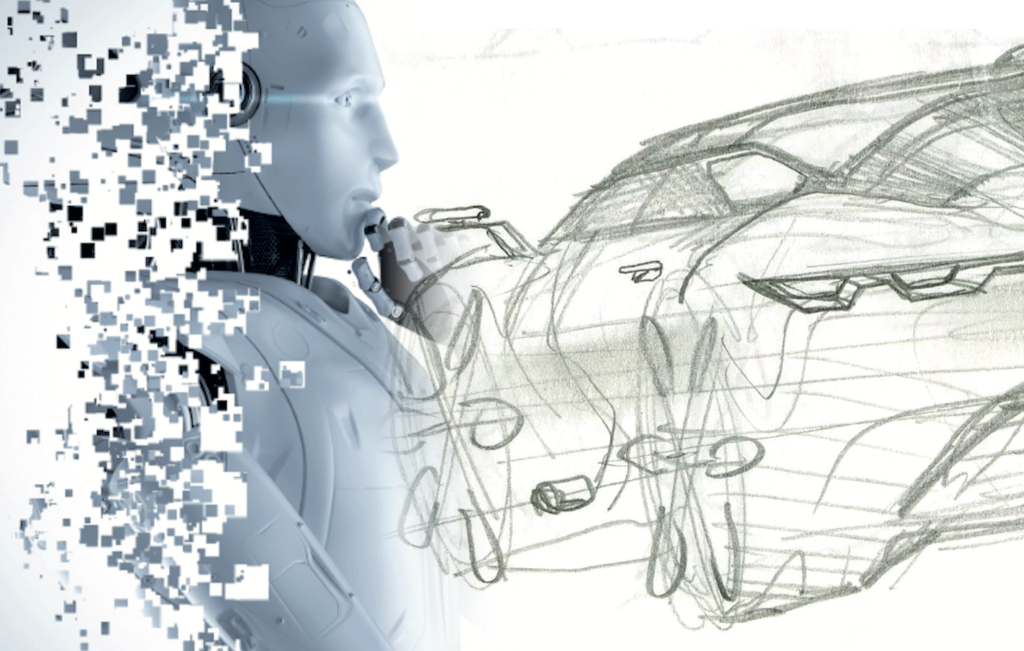
But given the potential for A.I. to reduce the number of designers, this is a legitimate cause for concern!
“Of course, if the Product Planning bosses tell you ‘we don’t need any more designers’, we’re all dead. So I shift the problem around: the guy in product planning compiles studies, graphs and surveys, and AI could do that job too, or even better. So I say to young designers, don’t get caught up in this fear. In the end, designers are in much less danger than others, because this creativity is an added value that assumes that a car has been thought out, designed and created by humans, rather than by AI. So what we have to say to the people who want to replace us is that they themselves can be replaced by a machine. Even a big boss…”

